Goat Parasites: The Top Five Threats and How to Protect Your Herd
Are your goats experiencing weight loss, coughing, or a decline in coat quality? Parasites pose a common challenge to small ruminants and can devastate a herd if not addressed. At Lewiston Veterinary Clinic, we assist farmers in swiftly identifying parasite problems and provide effective treatment and prevention strategies. Protecting your herd begins with recognizing the most prevalent parasites and understanding how to manage them effectively.
Understanding Goat Parasites: The Basics
The Importance of Parasite Management for Optimal Goat Health
Parasites represent one of the most significant threats to goat health and productivity. They deplete vital nutrients, leading to weight loss, anemia, and reduced milk production. Severe infestations can be fatal, especially for young, pregnant, or compromised animals.
The economic impact on the herd is substantial: parasites reduce feed efficiency, requiring goats to consume more to maintain their condition. Breeding performance may decline, and dams could produce less milk. Regular wellness checks facilitate early detection and intervention, preventing small parasite loads from escalating into life-threatening situations.
Common Misconceptions About Goat Parasites: Essential Knowledge for Owners
Many believe that only visibly sick goats harbor parasites. In truth, seemingly healthy animals can carry heavy parasite burdens, particularly during periods of stress such as breeding, kidding, transportation, or abrupt weather changes. Goats are experts at masking early illness, so by the time symptoms appear- like weight loss, rough coat, or pale eyelids- the infestation may already be severe.
Another misconception is that dewormers alone can solve parasite problems. While chemical dewormers remain valuable tools, years of over-reliance and incorrect dosing have led to widespread resistance in internal parasites like Haemonchus contortus (barber pole worm). This means that even frequent treatments may no longer work effectively.
Effective parasite control now requires an integrated strategy. Rotational grazing helps interrupt parasite life cycles, fecal egg count testing identifies which animals truly need treatment, and maintaining proper nutrition supports immune response. Newer management tools such as FAMACHA scoring, strategic pasture rest, and selective deworming focus on sustainability rather than blanket treatments.
Understanding these principles allows goat owners to prevent resistance, protect herd health, and reduce long-term costs- ensuring stronger, more resilient animals year-round.
The Top Five Parasites Affecting Goats
1. Barber’s Pole Worm (Haemonchus contortus)
This blood-sucking parasite resides in the abomasum, causing rapid and severe anemia. Symptoms include pale gums and “bottle jaw” swelling under the chin. It thrives in warm, humid conditions and can complete its lifecycle in as little as three weeks.
- Utilize FAMACHA scoring to assess anemia by eyelid color and treat only animals that require it, preserving dewormer effectiveness and reducing costs.
- Implement pasture rotation to disrupt lifecycles
2. Coccidia
Coccidia pose a threat to kids and young goats, causing severe diarrhea, dehydration, and poor growth by damaging the intestinal lining. They spread through contaminated environments rather than grazing.
- Risk factors include overcrowding, poor sanitation, and stress from weaning or transport.
- Prevention involves housing management, clean feeding areas, and adequate space per animal
- Treatment requires anticoccidial medications; standard dewormers are ineffective. Early intervention is crucial.
3. Liver Fluke (Fascioloides magna)
Liver flukes migrate through the liver, creating tunnels and scarring that impair function. Symptoms include gradual weight loss, poor coat quality, and reduced productivity despite a normal appetite.
- They require aquatic snails as intermediate hosts, so wet pastures and marshy areas increase risk.
- Prevention focuses on pasture access and water management
- Diagnosis may require specialized testing; prevention is often more effective than treatment.
4. Lungworms
Lungworms cause coughing, labored breathing, and exercise intolerance, often mistaken for bacterial infections or irritants. Young goats are most vulnerable due to smaller airways and developing immune systems.
- Many species involve intermediate hosts like slugs and snails; goats ingest them while grazing.
- Pasture strategies, such as shorter grass and reduced moisture, help control intermediate hosts.
- Diagnosis combines clinical signs with targeted testing, as symptoms can mimic other respiratory issues.
5. External Parasites (Lice, Mites, Ticks)
External parasites cause discomfort, skin damage, and blood loss, with some ticks transmitting bacterial diseases.
- Lice lead to intense itching, hair loss, and skin abrasions.
- Mites cause scabs, thickened skin, and secondary infections.
- Ticks bring irritation, anemia, and disease transmission.
They spread via direct contact or contaminated equipment. Early detection through routine grooming is key, and new arrivals should be quarantined to protect your herd.
Effective Parasite Management Strategies
Integrated Parasite Control
A multi-pronged approach works best. Avoid blanket treatments and treat based on evidence.
- Monitor body condition using body condition scoring to detect losses early.
- Use selective treatment guided by testing instead of fixed schedules; targeted deworming slows resistance.
- Support immunity with balanced nutrition and minerals (notably copper and selenium) suitable for your area and herd needs.
Grazing Management Techniques
Strategic grazing interrupts parasite lifecycles and reduces reliance on chemicals.
- Rotational grazing moves goats before larvae mature on pasture
- Multi-species grazing (with cattle or horses) can dilute parasite pressure because many goat parasites can’t complete their lifecycles in other species.
- Maintain appropriate stocking rates to prevent overgrazing, forcing goats to graze close to the soil where larvae are concentrated.
Veterinary Interventions and Diagnostics
Targeted diagnostics lead to better outcomes and reduced drug resistance.
- Tools include fecal egg counts, bloodwork, and physical exams to identify specific parasites and guide treatment.
- Regular herd reviews align protocols with seasonal risk, local parasite patterns, and your management goals. Lewiston Veterinary Clinic offers comprehensive diagnostics to detect issues before they escalate.
The Role of Lewiston Veterinary Clinic in Parasite Management
Comprehensive Care and Emergency Services
Parasite-related crises such as severe anemia, respiratory distress, or dehydration require immediate care. Lewiston Veterinary Clinic provides 24/7 emergency care for livestock when minutes matter. Rapid diagnostics and timely treatment are especially critical for kids and during high-stress periods. For urgent concerns, contact Lewiston Veterinary Clinic immediately.
Building a Partnership with Your Veterinarian
The best parasite control plans are developed through ongoing collaboration. Routine communication helps us understand your environment, management style, and goals so we can tailor prevention programs to your herd. Request an appointment to create a customized parasite plan aligned with your operation and regional risks.

Take Action to Safeguard Your Herd
Success comes from early recognition, evidence-based intervention, and consistent monitoring, rather than crisis response. Understanding the threats enables targeted strategies that protect herd health and productivity.
If you notice weight loss despite a good appetite, persistent coughing, pale gums, or diarrhea, seek veterinary attention promptly. Our diagnostic capabilities and treatment expertise can quickly identify problems and guide effective solutions. Call Lewiston Veterinary Clinic at (208) 743-6553 to schedule parasite screening and develop a comprehensive, year-round management plan for a healthier herd.

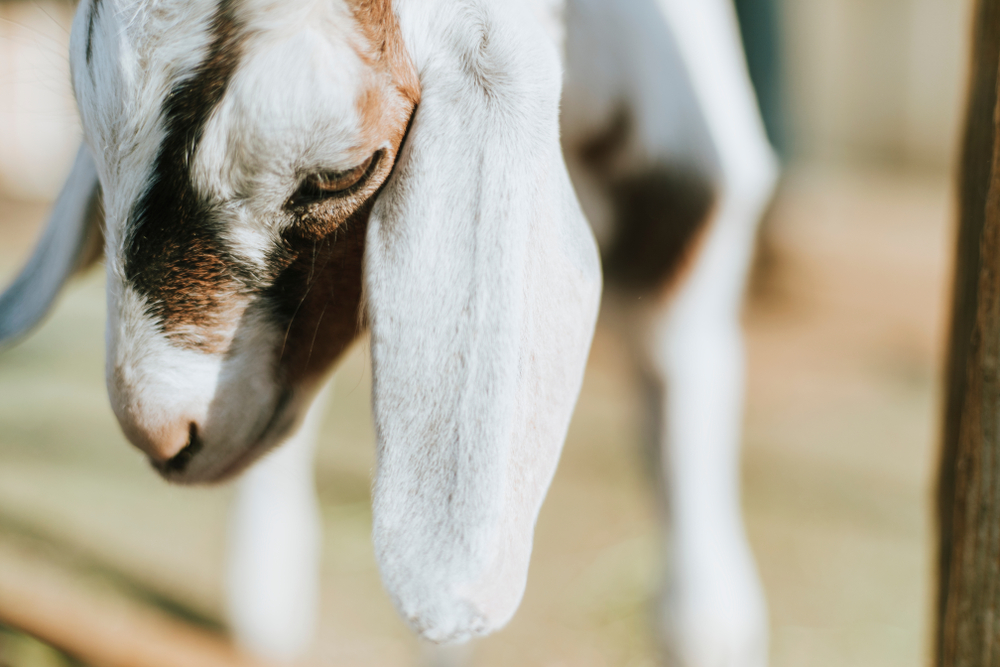
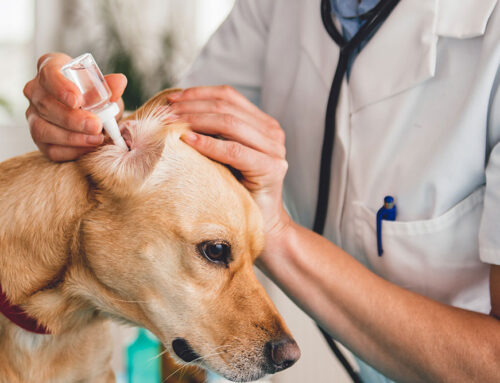
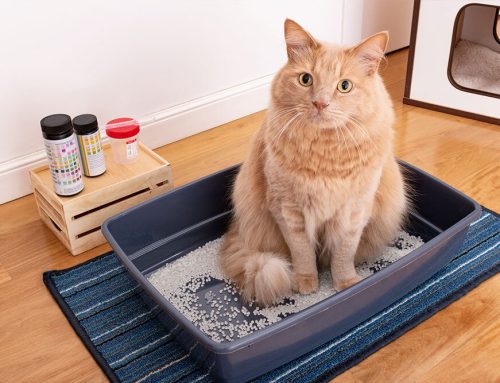

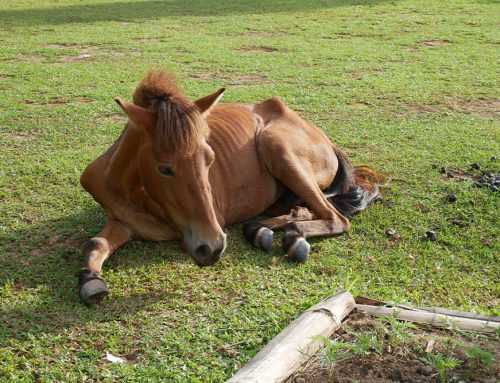
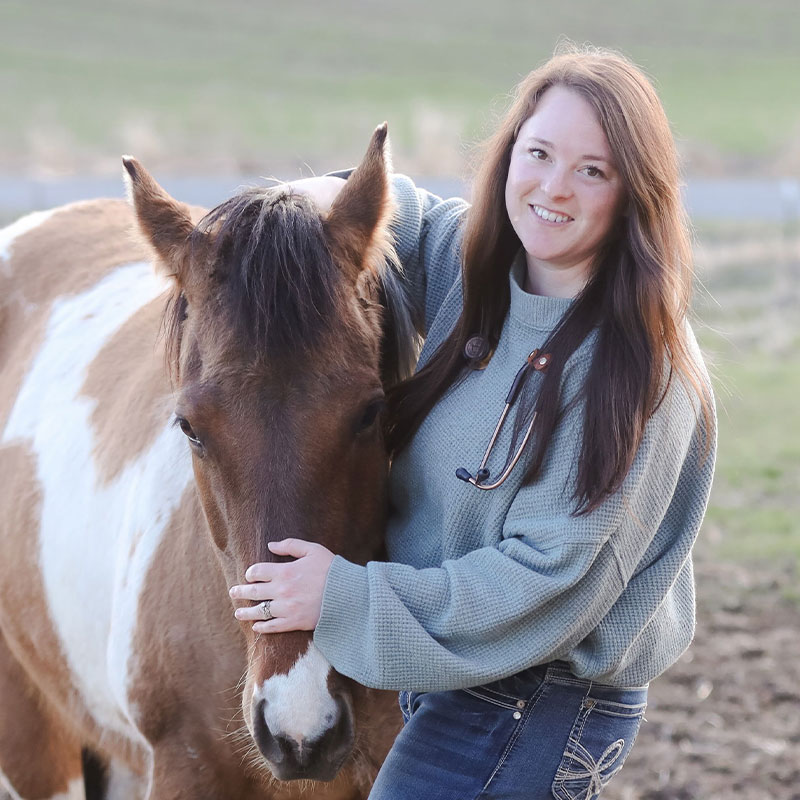

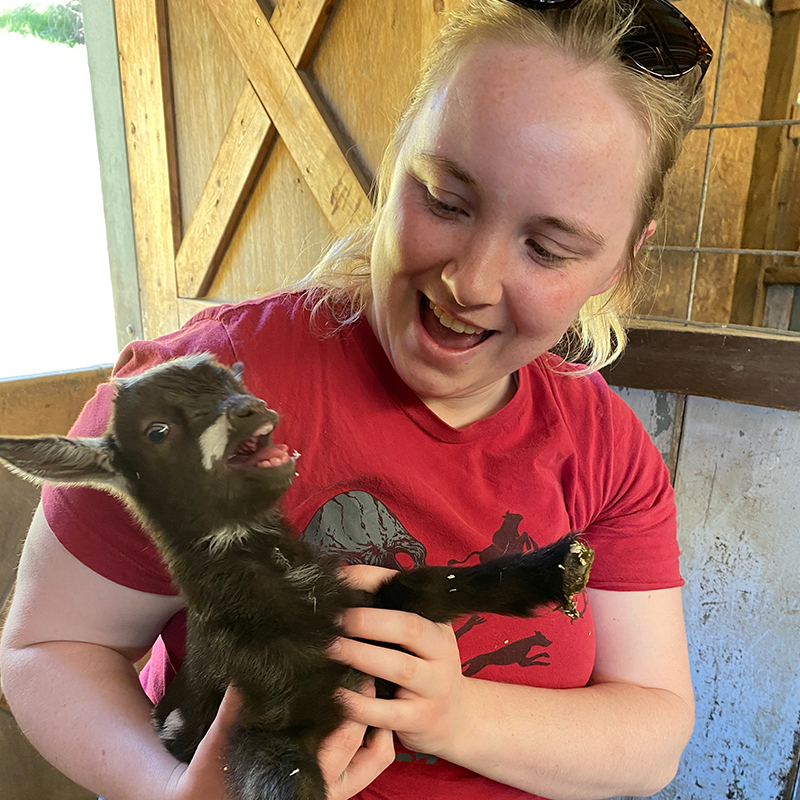
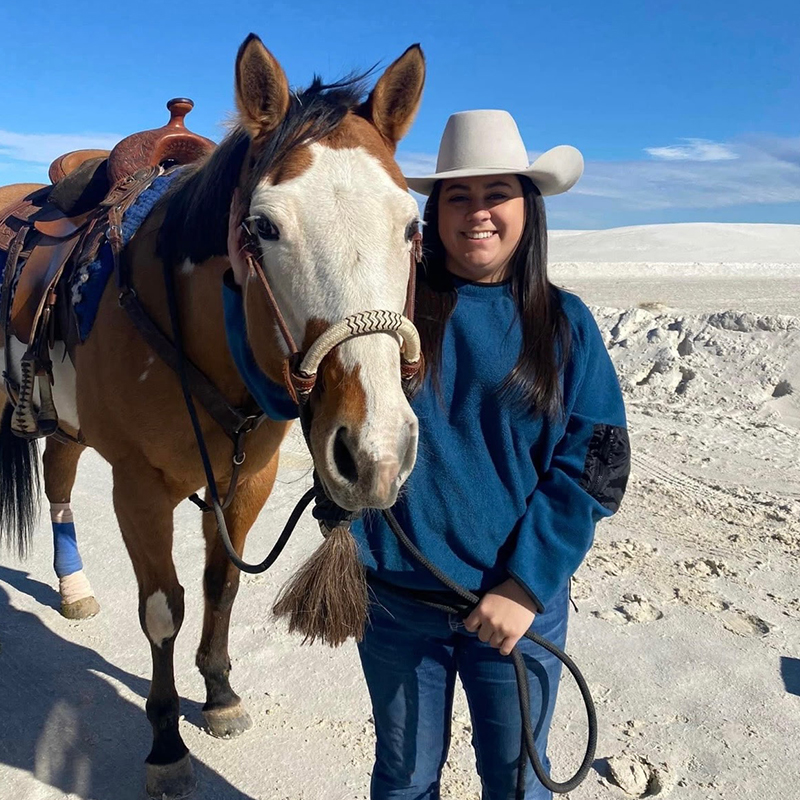
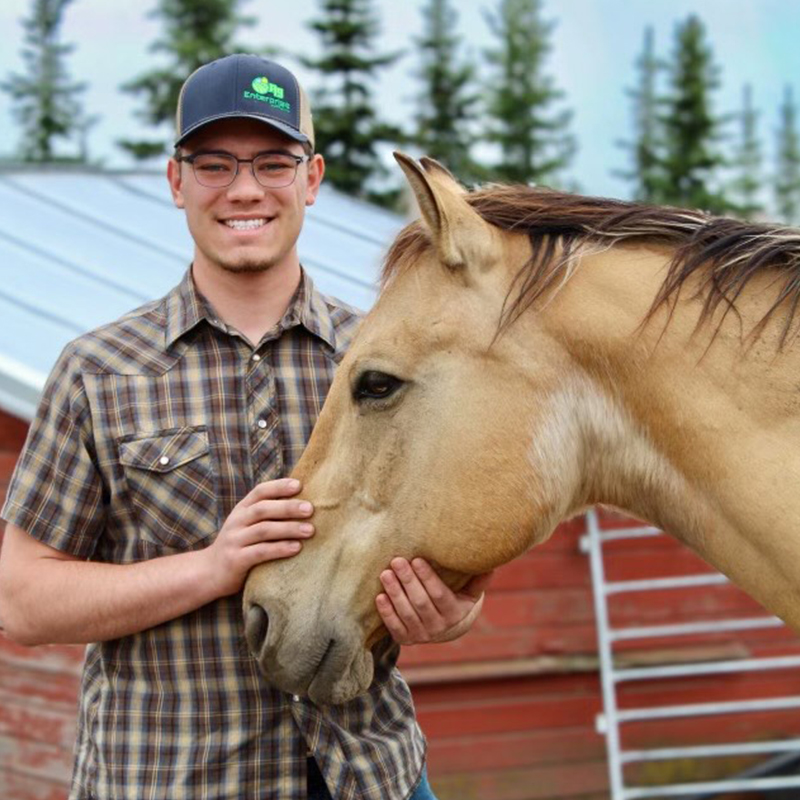
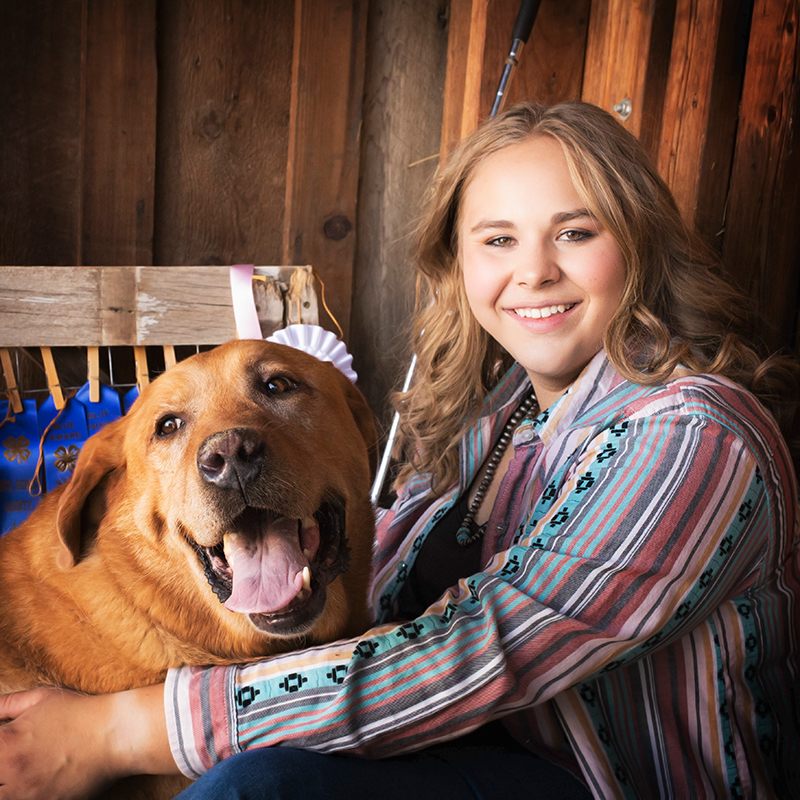


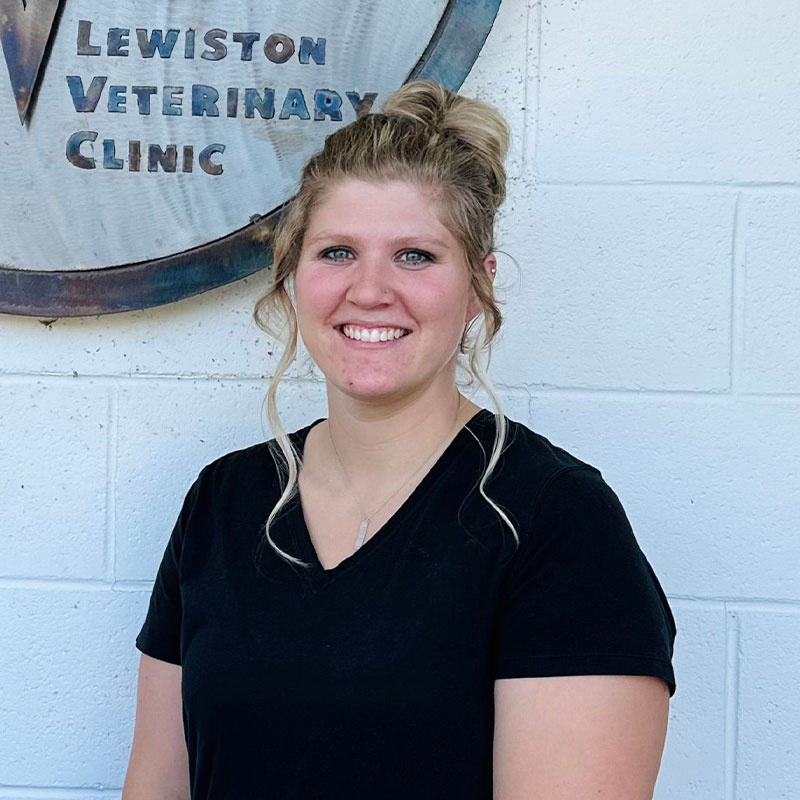






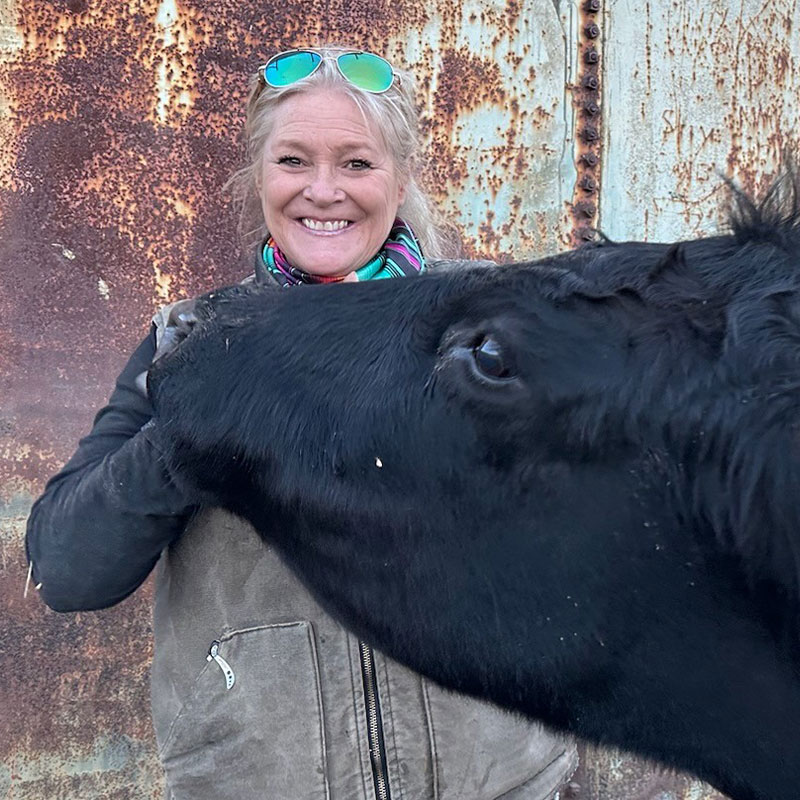






Leave A Comment